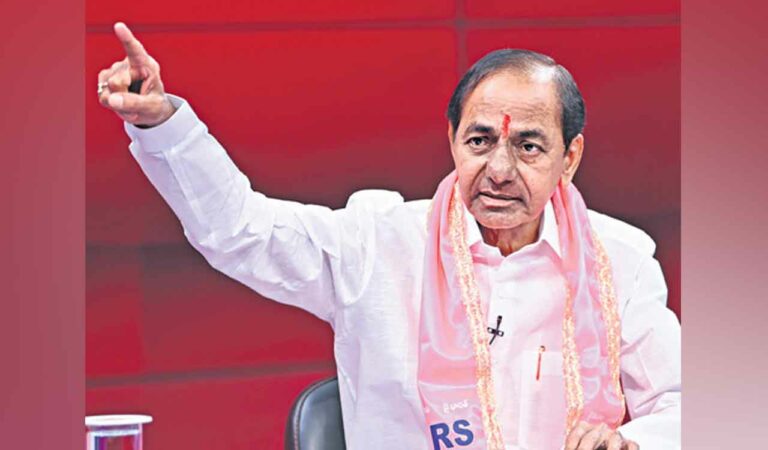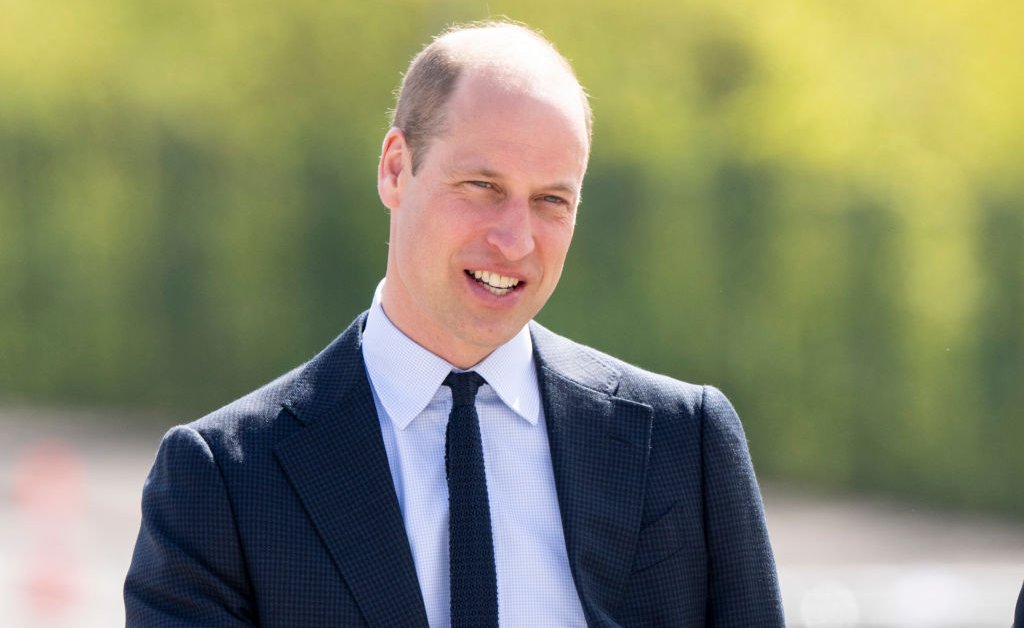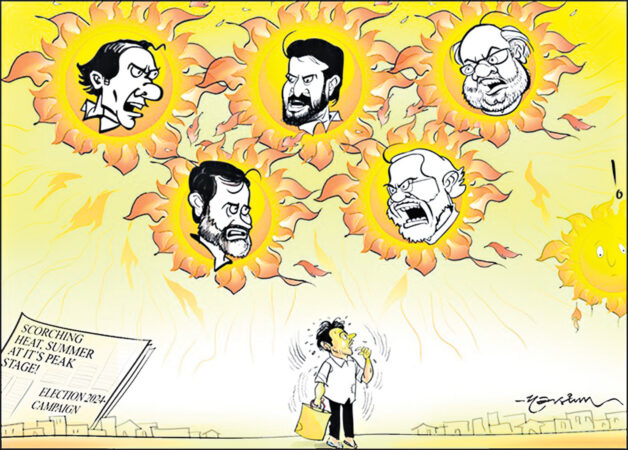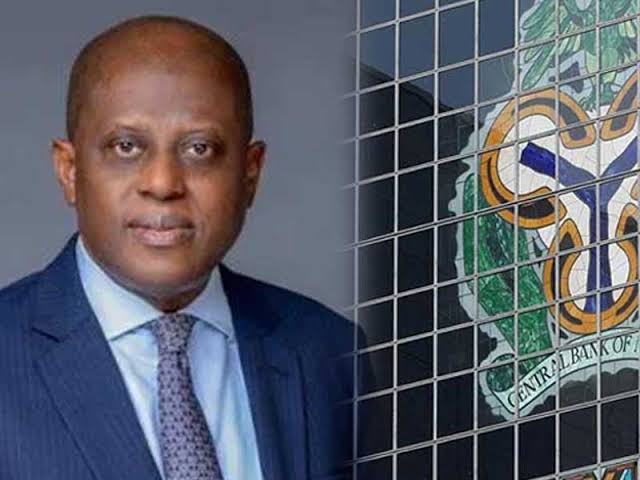
Hyderabad: Leader of Opposition and BRS president K Chandrashekhar Rao on Tuesday brushed aside the Congress government’s allegations of irregularities in power purchase agreements in Telangana during the BRS regime, pointing out that the PPAs were done between the power distribution companies of Telangana and Chhattisgarh with approvals from the respective State Electricity Regulatory Commissions.
In his interview with Telugu news channel TV9, Chandrashekhar Rao also dismissed allegations of power being purchased at higher prices, stating that those were temporary arrangements for emergency situations, a practice that even the present Congress government was following, but which were being twisted and blown up with malafide intentions. Listing out the challenges faced after the formation of Telangana and subsequent efforts to ensure uninterrupted power supply, he pointed out violations of the Andhra Pradesh Reorganisation Act by the then AP government and how Telangana was not provided access to its allocated power. The BJP government at the Centre had also merged the Sileru power project in Andhra Pradesh, exacerbating Telangana’s energy woes, he said.
“Opposition leaders including the current Chief Minister who was an MLA representing the ruling party in Andhra Pradesh, in Telangana Assembly criticised the Telangana government over power issues. We initiated multiple measures to thwart their attempts to prove Telangana as a failed State,” he said, explaining his administration’s proactive measures, including connectivity to the national power grid and infrastructure development to meet burgeoning energy demands which led to 24×7 power supply within a few months after State formation to all sectors except agriculture.
Asserting that electricity was key to development, he laid out in detail how his government facilitated linking of Angul-Palasa and Wardha-Ditchpally lines connected to the national grid, while the Warangal-Warora line was nearing completion. A power island was created for Hyderabad by connecting all sub-stations to ensure that there were no power cuts in the State capital.
Attributing the present government’s power woes to operational inefficiencies, contrasting it with his administration’s proactive management during peak demand periods, he said there were no power cuts during the BRS rule, but had begun soon after the Congress took over as if someone switched off the power lines. “How is that possible if not for inefficiency of the Congress rulers?” he asked, reiterating that the BRS welcomed the State government’s decision to probe power purchases as it would expose the falsities peddled by the Congress.
Did not design Kaleshwaram
Rubbishing allegations that he had redesigned the Kaleshwaram Lift Irrigation Project (KLIP), Chandrashekhar Rao pointed out that politicians were strategists, not designers. He had asked officials to redesign the Pranahita-Chevella project to make optimum use of water available in Godavari, especially Pranahita. Though former Chief Minister YS Rajasekhara Reddy had laid the foundation for the Pranahita-Chevella Lift Irrigation Scheme, it was faulty with a capacity of just 14 TMC.
Besides Irrigation wing engineers, the State government entrusted the survey work to WAPCOS, a subsidiary of the Central Water Commission.
“Following their suggestion, we also got LIDAR survey done with approvals from the Defence Ministry. Finally, the WAPCOS suggested against lifting water at Thummidihatti and proposed to lift water from Pranahita to ensure adequate water. Based on their suggestion, Kaleshwaram was redesigned by our engineers to lift water at Medigadda barrage. I had asked the engineers to redesign the project such that there is less submergence and more water usage. Our strategy was to lift maximum water during heavy inflows and supply water to remote areas of Telangana,” he said.
“The Kaleshwaram project was redesigned to lift water from Yellampalli to Kondapochamma Sagar via Mid Manair, Annapurna, Ranganayaka Sagar and Mallanna Sagar, to irrigate lakhs of acres at different stages. We also made arrangements to supply water from Kaleshwaram project to Sri Ram Sagar, Nizam Sagar and Singuru projects. Thus, Kaleshwaram caters to the needs of about 40 lakh acres directly or indirectly,” he added.
Stating that none of the irrigation projects initiated in the Telangana region of erstwhile AP were complete when the new State was formed, he said Andhra rulers had tried to bluff people of Telangana by allocating 968 TMC in Godavari as it requires lifting of water at multiple stages. However, no project was completed between Sri Ram Sagar project and Dowleshwaram barrages on Godavari to ensure enough water for the Coastal Andhra region. Pranahita was a lifeline for Telangana and Kaleshwaram was redesigned to make optimum use of this water.
On the sinking of three pillars at Medigadda barrage, Chandrashekhar Rao attributed it to the unprecedented flood of 28 lakh cusecs in the previous year. The Congress was trying to prove Kaleshwaram as a wasteful expenditure by delaying repairs at Medigadda barrage, he said, pointing out that none of other constructions including barrages, pump houses, canals and tunnels of KLIP had any damage. Timely maintenance works for smooth functioning of the project was essential, he added.

 1 week ago
1 week ago
















 English (US) ·
English (US) ·